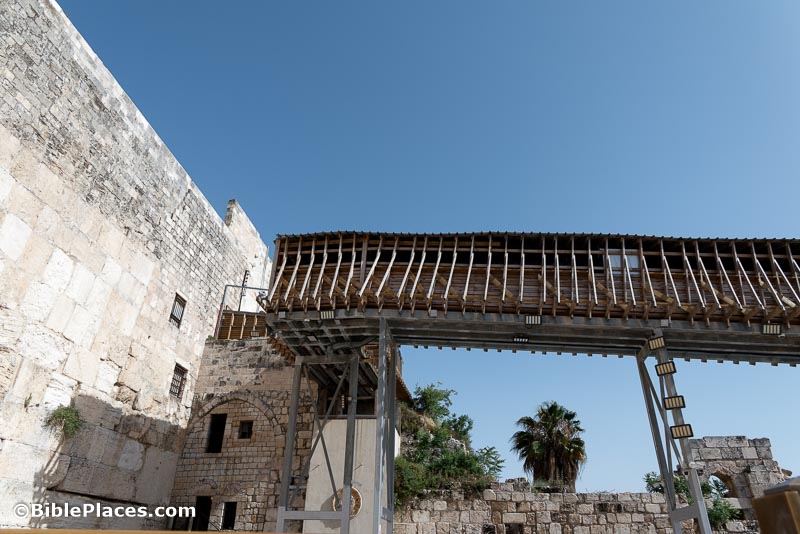“A rare, nearly intact 1,500-year-old ceramic lantern was recently uncovered during conservation work” at Sepphoris in Galilee.
Solomon’s copper mines in the Timna Valley did not cause negative environmental and health impacts on the workers.
The Udhruh Archaeological Research Project has been studying a vast and intricate water harvesting system in use during the Roman period.
“A group of four suspected antiquities looters were ‘caught red-handed’ over the weekend attempting to break into an underground area at a Galilee archaeological site associated with olive oil production during the Hasmonian period.”
Turkey’s first underwater museum opened in Side. “It is a museum where 117 sculptures, determined as 5 different themes in the depths of the sea and made by Turkish sculptors, can be seen by diving into the sea.”
Work is underway to create an “Alexander the Great Cultural Route” in northwestern Turkey.
The latest issue of the Journal of Eastern Mediterranean Archaeology and Heritage Studies (subscription required) includes an article about radiocarbon dates at Gezer with many responses from everyone from Dever to Garfinkel to Levy, Maeir, Mazar, and Ortiz.
New on This Week in the Ancient Near East podcast: “Between Death and Taxes in the 8th Century BCE, or Hezekiah’s Beltway Politics.”
New on Thin End of the Wed podcast: “Christopher Jones: Court Politics in the Neo-Assyrian Empire”
Online seminar on Jan 11, hosted by Jerusalem University College: “War & Peace in the Holy Land: Biblical and Modern Perspectives,” with presentations by Elaine Phillips, Charlie Trimm, Matt Lynch, and Jon Kaplan. A recording will be made available to all registrants.
Aaron Reich looks at three places in Jerusalem proposed to be the site of Jesus’s tomb: Talpiyot, Holy Sepulcher, and Garden Tomb.
The James Ossuary is now on display at Pullman Yards in Atlanta.
I will be posting a “top 10” list on Monday, but there will be no roundup next weekend.
HT: Agade, Gordon Franz, Arne Halbakken, Explorator
